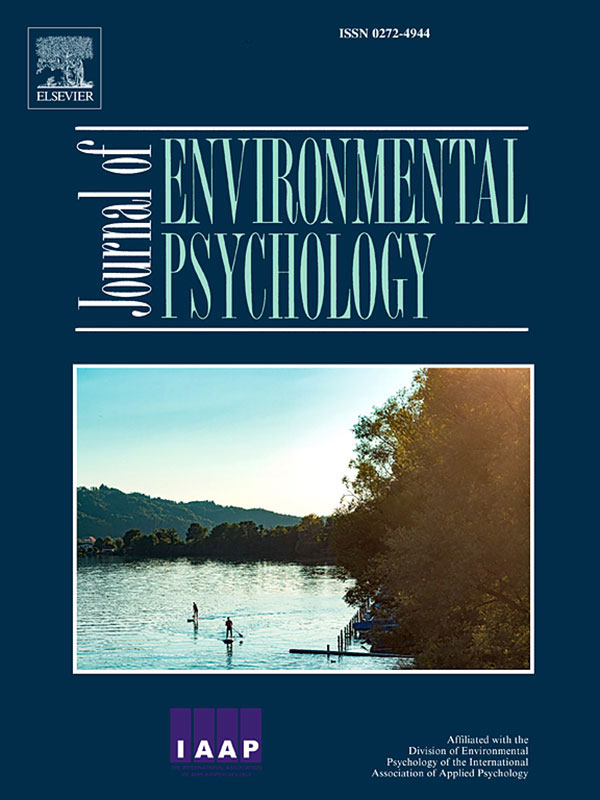Research Article
The affective benefits of nature exposure: What's nature got to do with it?
Publication Date:
DOI: https://doi.org/10.1016/j.jenvp.2020.101498
Abstract
Nature interactions have been demonstrated to produce reliable affective benefits. While adults demonstrate strong preferences for natural environments over urban ones, it is not clear whether these affective benefits result from exposure to nature stimuli per se, or result from viewing a highly preferred stimulus. In one set of studies (Study 1 and 2), state affect before and after image viewing was examined as a function of both preference level (high, low, very high, or very low aesthetic value) and environment type (nature or urban). When aesthetic value was matched, no differences in affect change were found between environments. However, affect change was predicted by individual participants' ratings for the images. The largest affective benefits occurred after viewing very high aesthetic nature images, but Study 2 lacked an equivalently preferred urban image set. In a second set of studies (Study 3 and 4), new sets of very highly preferred images in categories other than nature scenes (urban scenes and animals) were employed. As before, individual differences in preference for the images (but not image category) was predictive of changes in affect. In Study 5, the nature and urban images from Study 1 were rated on beauty to assess whether the stimuli's preference ratings were capturing anything other than simple aesthetics. Results showed that beauty/aesthetics and preference (‘liking’) were nearly identical. Lastly, a replication of Study 2 (Study 6) was conducted to test whether priming preference accounted for these benefits, but this was not the case. Together, these results suggest that nature improves affective state because it is such a highly preferred environment.
